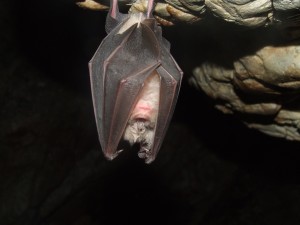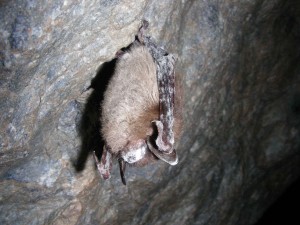
Did you know that bat and bird droppings can harbor fungus spores which cause illness in humans? Simply cleaning the mess will not remedy the situation either—in fact, it could make spores more airborne. This dangerous illness is known as histoplasmosis.
What Is Histoplasmosis?
Histoplasmosis is an infection caused by breathing in spores of a fungus known as Histoplasma capsulatum. This fungus thrives in soil that is rich in organic material. It is commonly found in bat and bird droppings. When these droppings are cleaned, the spores can become airborne and enter lung passages.
Signs & Symptoms
There are several types of histoplasmosis. The mildest form shows no signs and symptoms. Symptoms of histoplasmosis include fever, headache, muscle ache, dry cough, and chest pain. Some experience joint pain and a rash following exposure to the spores.
Chronic histoplasmosis can occur in those with pre-existing lung conditions. Symptoms of chronic histoplasmosis include weight loss and coughing up blood. Severe histoplasmosis can occur in those with compromised immune systems, like infants or the elderly. It can affect multiple organ systems. When left untreated, this is usually fatal.
Treatment
For mild cases of histoplasmosis, treatment is not always necessary. Severe symptoms or those with immune compromised systems should seek medical treatment. Anti-fungal drugs are used to treat the infection.
Prevention
The best prevention for histoplasmosis is avoiding exposure to bird or bat droppings. Avoid areas prone to harboring these animals, like caves, coops, attics, and old barns. If you’ve had bats or birds nesting in your attic or near your home for a long period of time, professional removal may be required. Hosing down any contaminated droppings with water can prevent spores from being released in the air.
If you discover bats or birds nesting in or near your home, call animal control to safely remove the pests. Preventing these pests from leaving droppings can prevent histoplasmosis from reaching you and your family.




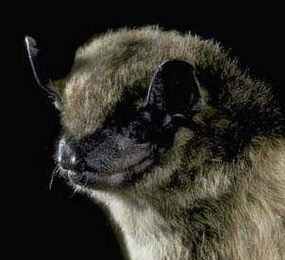
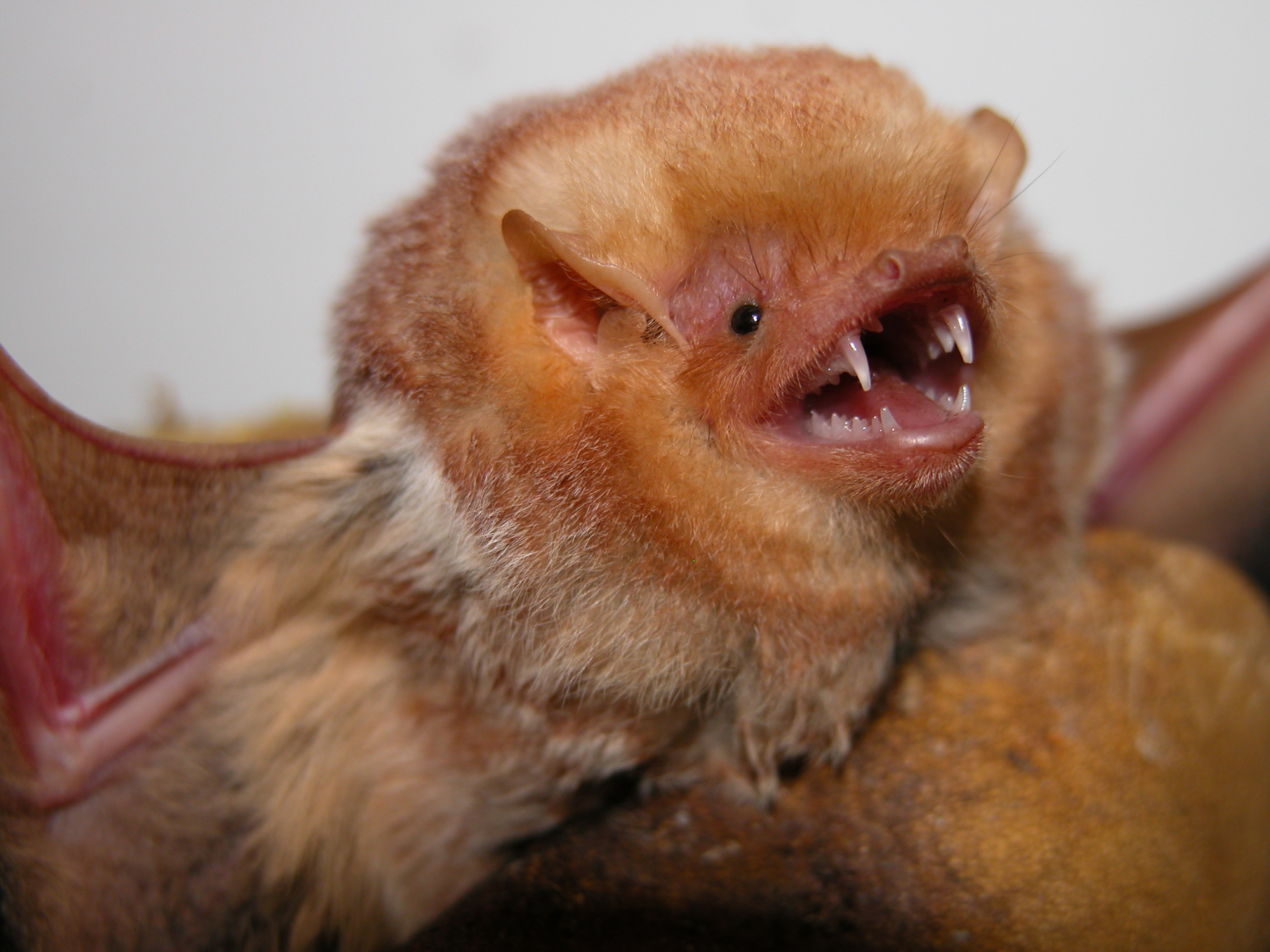
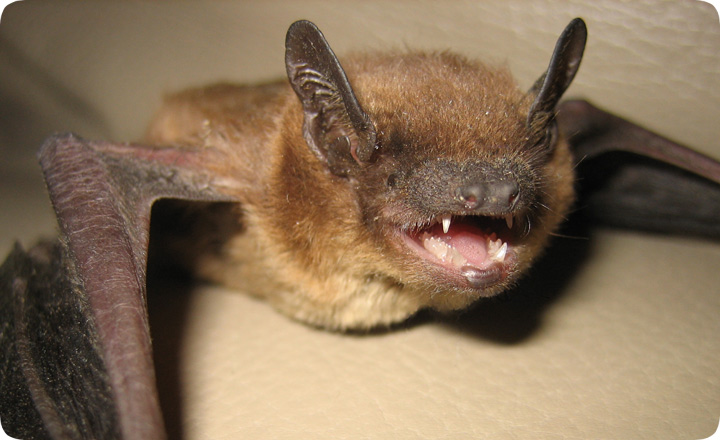
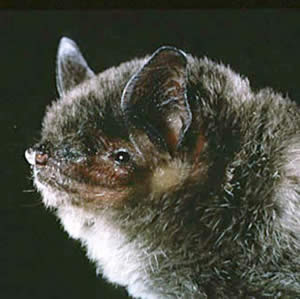

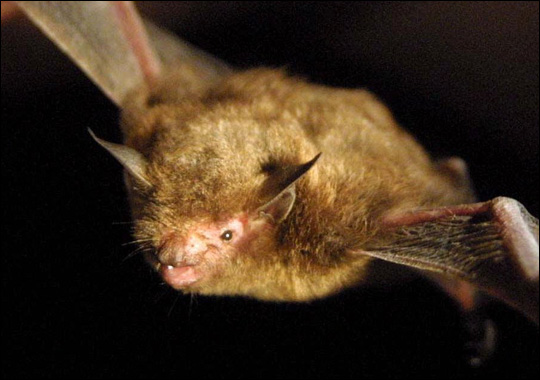
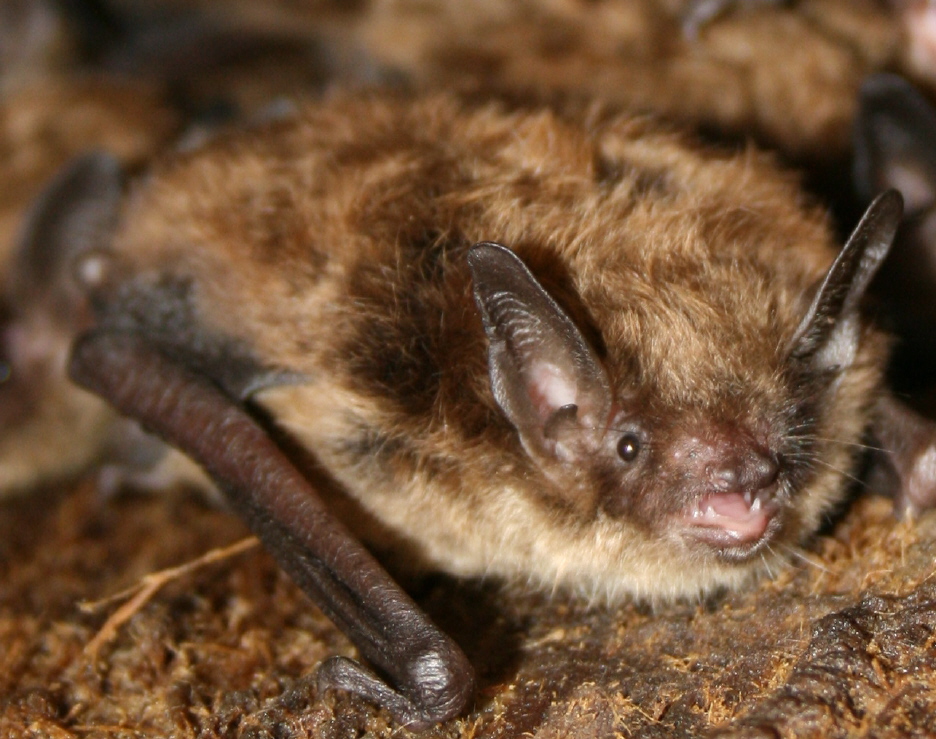

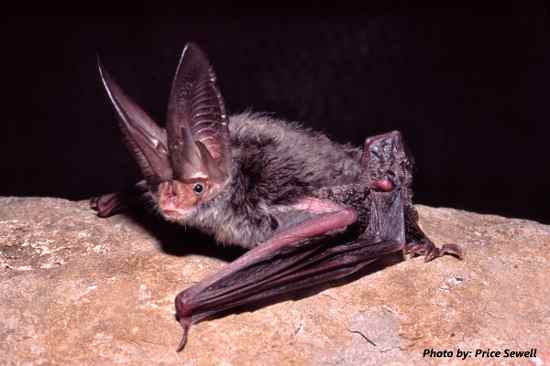


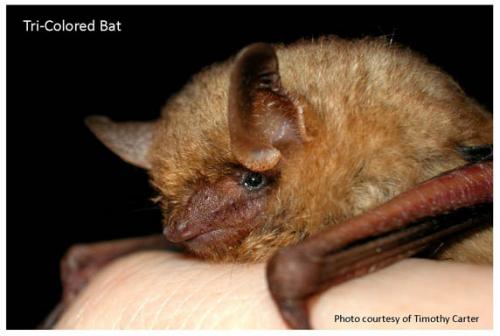
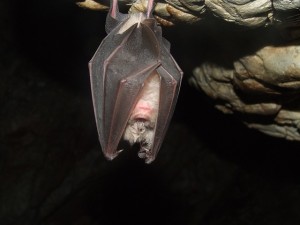

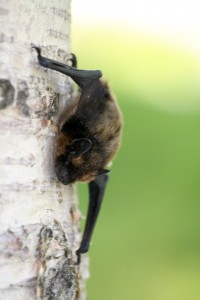

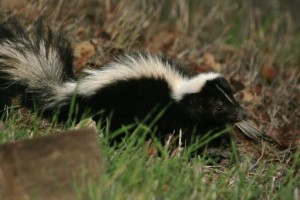

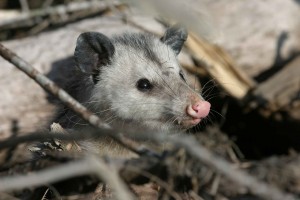

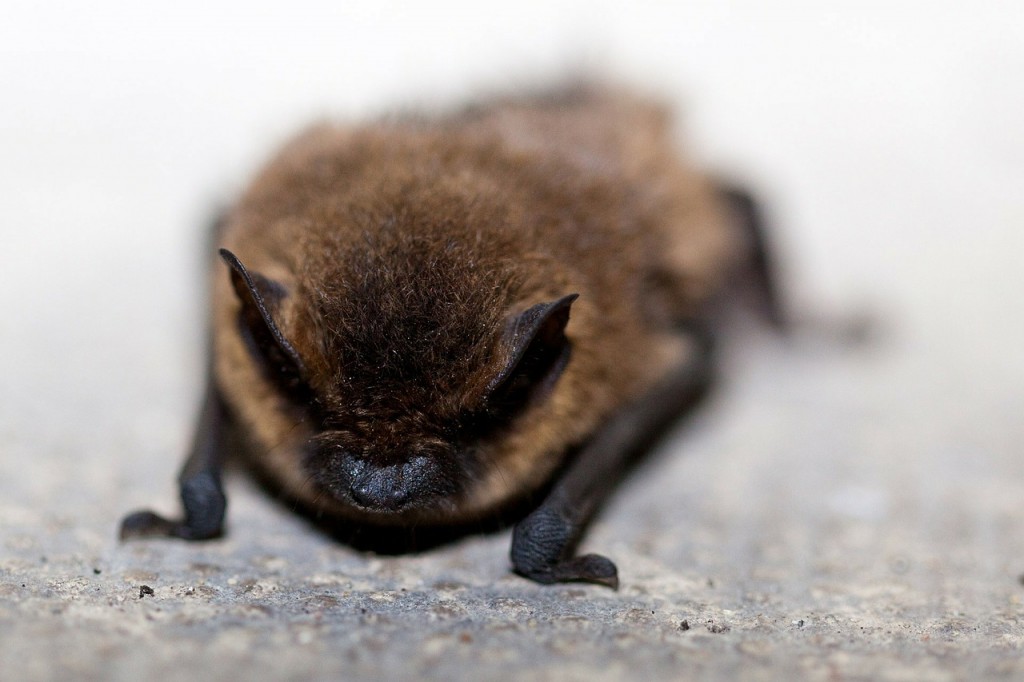 You may not realize it, but there are actually 12 different species of bats that regularly occur in Illinois. Don’t be alarmed; all of the bats who call Illinois home are insectivorous, which means they only hunt insects. Bats are small, winged mammals, who usually weigh no more than a few ounces. Their heads and bodies are covered with fur and their wings have hairless membranes connecting them to the hind legs, body, and forelimbs. Bats are also quite intelligent creatures. Some of the bat species inherent to Illinois include:
You may not realize it, but there are actually 12 different species of bats that regularly occur in Illinois. Don’t be alarmed; all of the bats who call Illinois home are insectivorous, which means they only hunt insects. Bats are small, winged mammals, who usually weigh no more than a few ounces. Their heads and bodies are covered with fur and their wings have hairless membranes connecting them to the hind legs, body, and forelimbs. Bats are also quite intelligent creatures. Some of the bat species inherent to Illinois include: